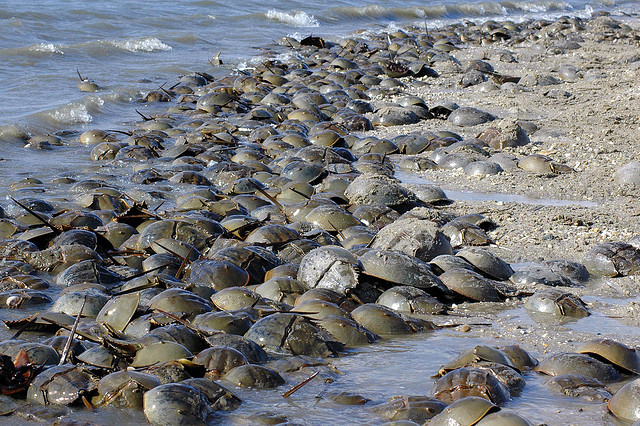New Scientist
Image: U. S. Fish and Wildlife Service – Northeast Region
It is five years since Richard Fortey retired from his post as senior palaeontologist at London’s Natural History Museum. Yet that has hardly curbed his academic output or the enthusiasm that drove him to study fossils for more than half a century. If anything, he is rapidly cementing his position as one of his field’s great survivors.
Fortey’s latest book is all about survivors too. Life has notched up something like 3.8 billion years on Earth, and it has been a rough ride. The average mammalian species, for instance, rarely makes it much beyond its millionth birthday before evolution ushers it out of existence by churning out a replacement species that’s an even better fit to its particular environment. Even species who survive this never-ending competition are likely to be snuffed out during a raremass extinction event.
But the fossil record suggests that every so often evolution hits the jackpot: an organism so impeccably and robustly suited to its environment that further modification is apparently unnecessary. These ancient survivors count their time on Earth in the tens or hundreds of millions of years, and seem able to endure the bleakest of mass extinctions. Darwin had a name for them: living fossils. That peculiarly oxymoronic moniker, too, has survived – for around 150 years. Read more on newscientist.com…








